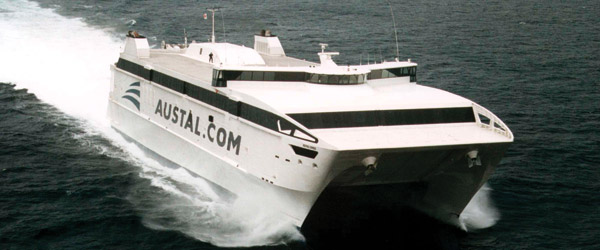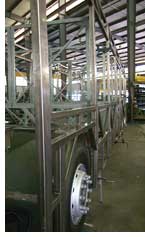Small business owner Peter Burr is really serious about protecting property at his automotive engineering business in Brisbane.
Using his engineering background, Peter Burr beat the burglars with ASSDA member, Crimsafe's Commercial System product with unique screw-clamp design.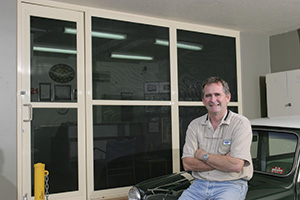
“We got it because I saw a number of the businesses around us get broken into,” Peter says. “In fact just before I started looking for a stainless security mesh the businesses in the industrial park where we are located were broken into five times in just eight months”.
“The usual method of entry was a heavy bit of concrete or


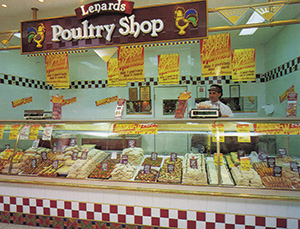

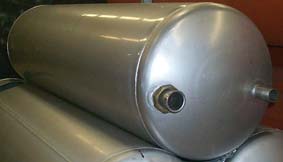 Stainless steel tanks are made from 316 stainless steel, a material which is typically used in the marine industry because of its high corrosion resistance. The 316 stainless steel provides a natural barrier to corrosion that
Stainless steel tanks are made from 316 stainless steel, a material which is typically used in the marine industry because of its high corrosion resistance. The 316 stainless steel provides a natural barrier to corrosion that
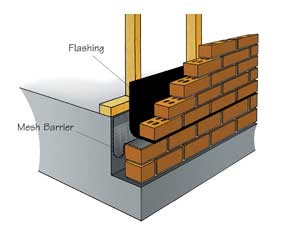 The Old Broome Estate's Sustainable Home Award is offering $20,000 cash as a first prize incentive to a homeowner/builder who can best meet the sustainable design guidelines.
The Old Broome Estate's Sustainable Home Award is offering $20,000 cash as a first prize incentive to a homeowner/builder who can best meet the sustainable design guidelines.
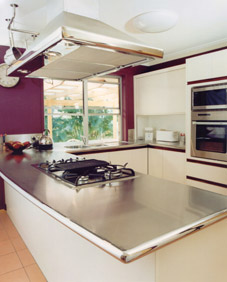 Competing against entrants from all over the world, Queensland fabricator
Competing against entrants from all over the world, Queensland fabricator 
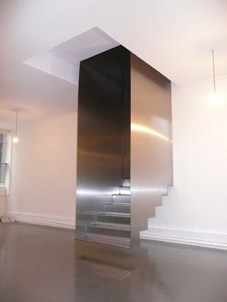


 Following a tender process, Contractors AW Edwards appointed ASSDA Accredited Fabricator Townsend Group to design, engineer, manufacture
Following a tender process, Contractors AW Edwards appointed ASSDA Accredited Fabricator Townsend Group to design, engineer, manufacture
